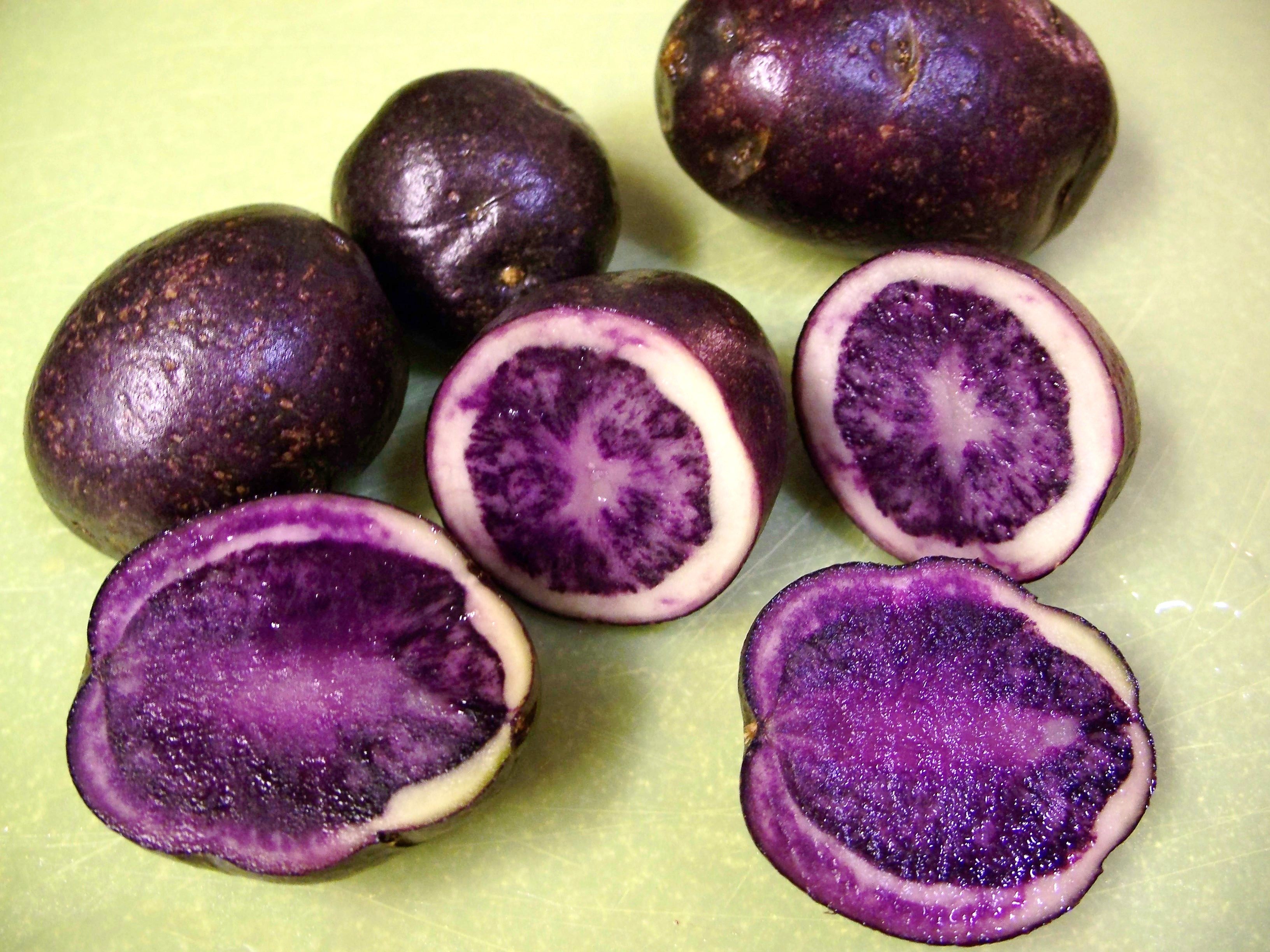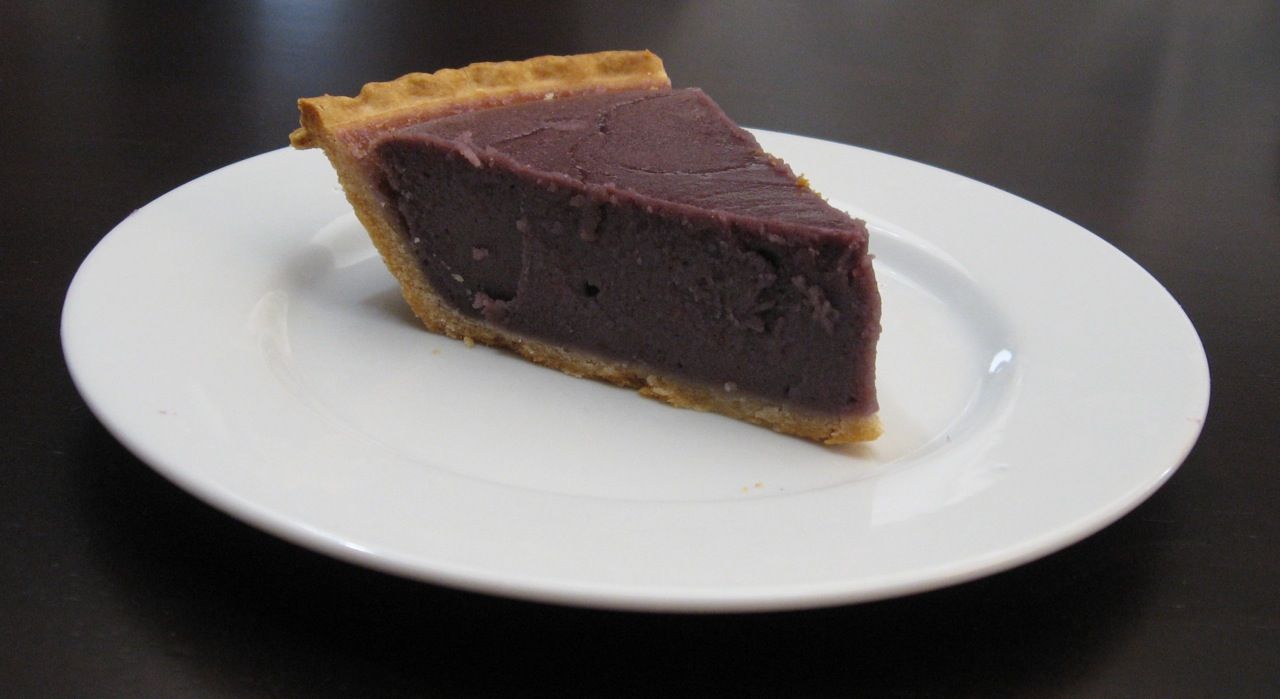Some of you have probably never heard of a purple potato before. They’re widely used in South American cuisine, and have their origins in Bolivia and Peru. I urge you to go buy one just to see for yourself. These potatoes are really purple. I mean vivid, beautiful, outrageously purple. “And they beat cancer,” you ask? Yes. At least, that’s what recent research has shown. The experiment targeted colon cancer, so it’s unknown how effective purple potatoes are in treating other forms of cancer. But the research looks promising.
What’s in Purple Potatoes?
Researchers discovered several substances in the colorful root vegetable that function to kill cancer stem cells. Attacking stem cells is key, explains Jairam K.P. Vanamala at Penn State. Vanamala uses the analogy of the weed to explain the importance of getting at the stem cells. He says that, “you may cut the weed, but as long as the roots are still there, the weeds will keep growing back.” Like the roots of weeds, he elaborates, “if the cancer stem cells are still present, the cancer can still grow and spread.”
Anthocyanins, found in purple potatoes, belong to the flavonoid family of phytochemicals. They’re water-soluble pigments, the substances that give purple potatoes their color. Anthocyanins are found in flowers, fruits, vegetables, and cereal grains, giving them purple, red, and blue hues. Not just pretty, this flavonoid fights cancer at its root.
The resistant starch found in purple potatoes plays an important anti-cancer role too. It sustains the health of gut bacteria. In case you haven’t heard, gut bacteria is a hot topic in the health world right now. It’s getting a lot of attention for the wide impact it has on mood, cognitive function, immunity, and all kinds of diseases from Crohn’s disease to diabetes. The bacteria then converts resistant starch to short-chain fatty acids, which work to decrease inflammation, one of which is butyric acid. Resistant starch is present in white potatoes as well as purple. Chlorogenic acid is another anti-cancer agent, and is a chemical compound found in resistant starch. It’s received attention from another food source – the coffee bean.
Will It Make My Skin Turn Purple?
No, your skin won’t turn purple! And you don’t think you have to eat an all-purple diet either. Anthocyanins from purple potatoes destroy colon cancer stem cells, but that’s just one type of cancer. Instead of focusing on one cancer, and one food, Vanamala recommends eating the rainbow when selecting vegetables and fruits. Eating plant sources in a variety of colors is important because, “instead of one compound, you have thousands of compounds, working on different pathways to suppress the growth of cancer stem cells.” We’ve heard this before – that we should eat a variety of fruits and vegetables. So this isn’t really news. The salient information, though, is that variety isn’t just key for general health. Eating an assortment of colorful fruits and vegetables is smart because it helps combat cancer. Vanamala confirms that because “cancer is such a complex disease, a silver bullet approach is just not possible for most cancers.”
How Do You Eat a Purple Potato?
Purple potatoes are similar in texture to the plain-looking russet potato, so you can really use them in any potato dish. Bake them, mash them, but use some caution if you’re combining purple potatoes with other less colorful ingredients, especially if you’re cooking food to share. If you’re making potato salad, for example, you’ll have an extremely colorful dish that may shock your guests. Do a quick online search and you’ll find tons of recipes. There are some creative cooks out there like Smitten Kitchen who create gorgeous purple potato dishes with other bold-colored ingredients. Check out her fork-crushed purple potato recipe and start fighting cancer with food today!
Featured photo credit: photo by iris on flicker.com via flickr.com














































